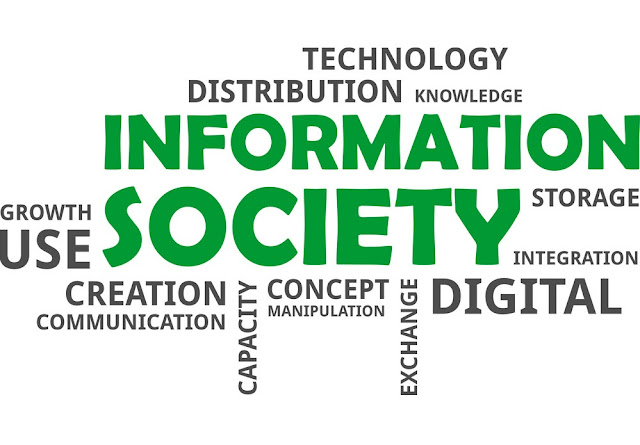The use of computer/technology in class benefit the educational process

Top 6 benefits of using technology in the classroom It is important to acknowledge that students are already interested and engaged in using technology, this creates many amazing opportunities for schools and teachers to benefit from integrating some forms of technology in the classroom and to make teaching and learning more effective. Here are some of the main benefits of using technology in the classroom. improves engagement When technology is integrated into lessons, students are expected to be more interested in the subjects they are studying. Technology provides different opportunities to make learning more fun and enjoyable in terms of teaching the same things in new ways. For instance, delivering teaching through gamification, taking students on virtual field trips and using other online learning resources. What is more, technology can encourage more active participation in the learning process which can be hard to achieve through a traditional lecture environment. ...





